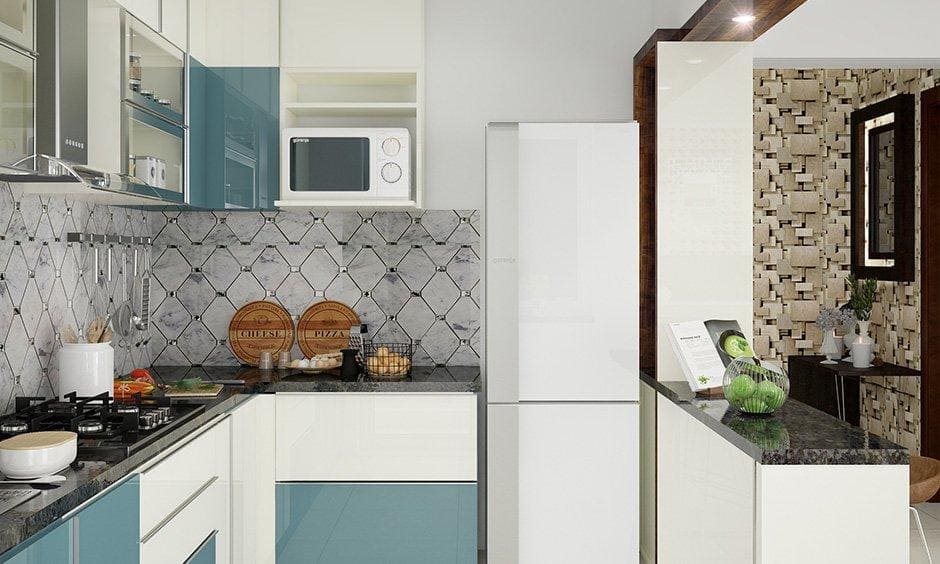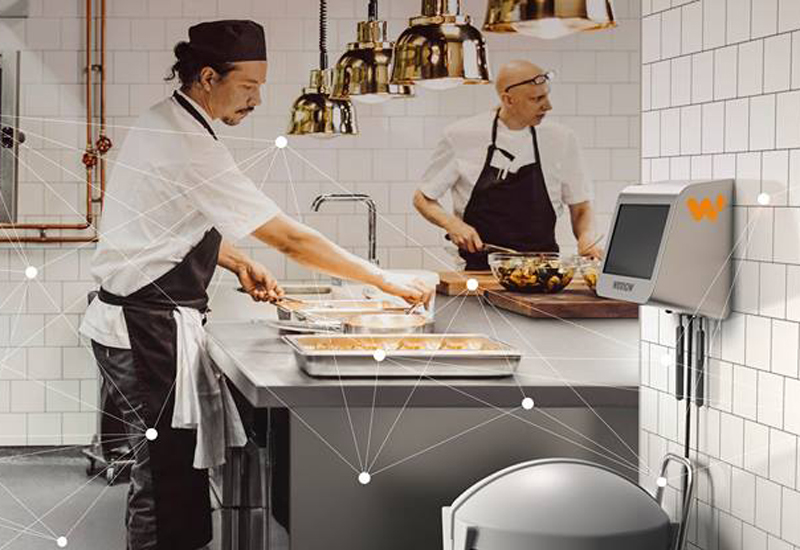In recent years, automating smart thermostats has emerged as a pivotal development in the realm of home automation. As homes become increasingly interconnected, the ability to manage and optimize energy usage through smart thermostats offers significant benefits. But what exactly does automating smart thermostats entail, and how can it revolutionize the way we live?

Understanding Smart Thermostats
Before diving into the world of automation, it’s essential to grasp what smart thermostats are. Unlike traditional thermostats, smart thermostats are capable of learning from your habits and preferences to create an optimal heating and cooling schedule. They connect to your home’s Wi-Fi network, allowing remote control via smartphone apps, voice assistants, and other smart home devices.
The Rise of Smart Thermostats
The advent of smart thermostats can be traced back to the growing demand for energy efficiency and convenience. As homeowners seek ways to reduce energy consumption and lower utility bills, smart thermostats have gained popularity for their ability to intelligently manage HVAC systems.
Why Automate Smart Thermostats?
Automating smart thermostats takes the benefits of smart technology a step further by integrating them into a broader home automation system. This integration allows for seamless communication between devices, enabling your smart thermostat to interact with other smart appliances and systems within your home.
Energy Efficiency and Cost Savings
One of the most compelling reasons to automate your smart thermostat is the potential for energy savings. By leveraging data from various sources, such as weather forecasts and occupancy patterns, automated smart thermostats can make real-time adjustments to maintain optimal comfort while minimizing energy usage. This not only reduces your carbon footprint but also leads to significant cost savings on your utility bills.
Enhanced Comfort and Convenience
Automation enhances the convenience offered by smart thermostats. Imagine your home automatically adjusting the temperature based on your daily routine or the weather outside. Whether you’re at home or away, automated smart thermostats ensure that your living environment is always comfortable.
The Role of Machine Learning in Automation
At the heart of automating smart thermostats lies the power of machine learning. These intelligent systems analyze data from multiple sources to identify patterns and optimize temperature settings. Over time, they learn from your behavior, allowing for increasingly accurate forecasts and adjustments.
Adapting to User Preferences
Machine learning algorithms enable smart thermostats to adapt to your unique preferences. For instance, if you tend to lower the temperature at night, the system will learn this behavior and adjust accordingly without requiring manual input.
Integration with Smart Home Ecosystems
Automating smart thermostats is most effective when integrated into a broader smart home ecosystem. This integration allows for communication between devices, enhancing their functionality and creating a cohesive living environment.
Smart Assistants and Voice Control
Voice assistants like Amazon Alexa, Google Assistant, and Apple Siri can be used to control automated smart thermostats. This hands-free interaction adds another layer of convenience, allowing you to adjust settings with simple voice commands.
Smart Home Protocols
Understanding home automation protocols is crucial for seamless integration. Protocols like Zigbee, Z-Wave, and Wi-Fi enable communication between devices, ensuring that your smart thermostat works harmoniously with other smart home products.
Overcoming Challenges in Automation
While the benefits of automating smart thermostats are clear, challenges remain. These include compatibility issues, security concerns, and the initial cost of installation.
Ensuring Compatibility
To overcome compatibility issues, it’s important to select devices that adhere to common smart home standards. This ensures that your smart thermostat can communicate effectively with other components of your smart home.
Addressing Security Concerns
Security is a top priority in any smart home setup. By choosing reputable brands and keeping your devices updated, you can mitigate potential security risks. Additionally, using strong passwords and enabling two-factor authentication adds an extra layer of protection.
The Future of Smart Thermostat Automation
The future of automating smart thermostats looks promising, with advancements in technology paving the way for even greater capabilities. As artificial intelligence and machine learning continue to evolve, smart thermostats will become more intuitive and efficient.
Emerging Trends
Emerging trends include the integration of renewable energy sources and the ability to participate in demand response programs. These innovations will further enhance the energy-saving potential of smart thermostats.
The Role of AI
AI will play a significant role in advancing smart thermostat automation. By analyzing vast amounts of data, AI can make highly accurate predictions and optimize energy usage more effectively than ever before.
Conclusion
Automating smart thermostats is a transformative step towards a more efficient and comfortable home. By integrating these devices into a cohesive smart home system, homeowners can enjoy the benefits of energy savings, enhanced comfort, and increased convenience. As technology continues to evolve, the potential for smart thermostat automation will only grow, making it an essential component of modern living.

FAQs
What are the benefits of automating smart thermostats?
Automating smart thermostats offers numerous benefits, including energy efficiency, cost savings, enhanced comfort, and convenience. By integrating these devices into a smart home system, homeowners can enjoy a seamless and optimized living environment.
How do smart thermostats learn user preferences?
Smart thermostats use machine learning algorithms to analyze data and identify patterns in user behavior. Over time, they learn from your habits and preferences, allowing for increasingly accurate adjustments and forecasts.
Are there any security concerns with smart thermostats?
While smart thermostats offer numerous benefits, security is a valid concern. To mitigate risks, choose reputable brands, keep devices updated, use strong passwords, and enable two-factor authentication. These measures help protect your smart home ecosystem from potential threats.





